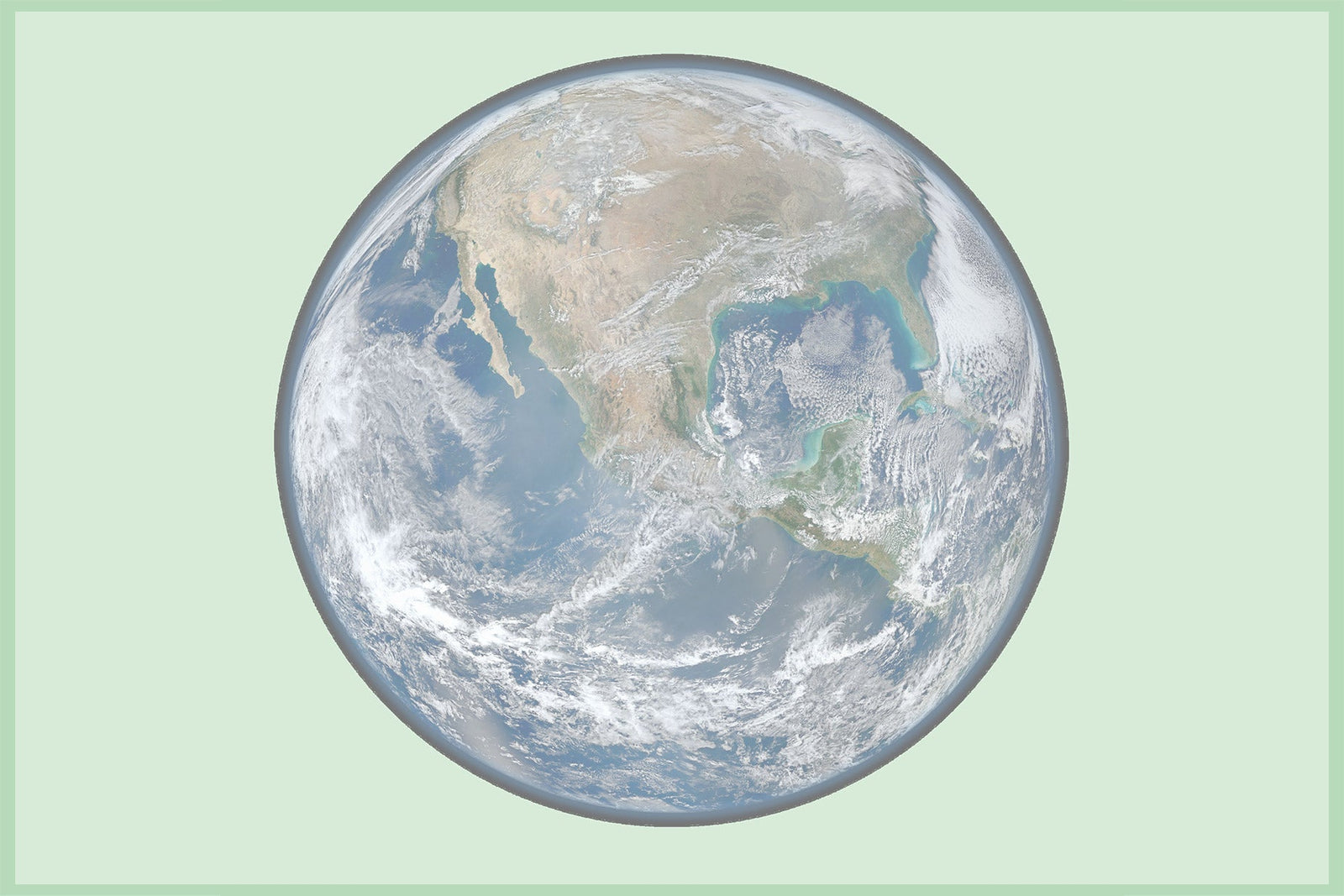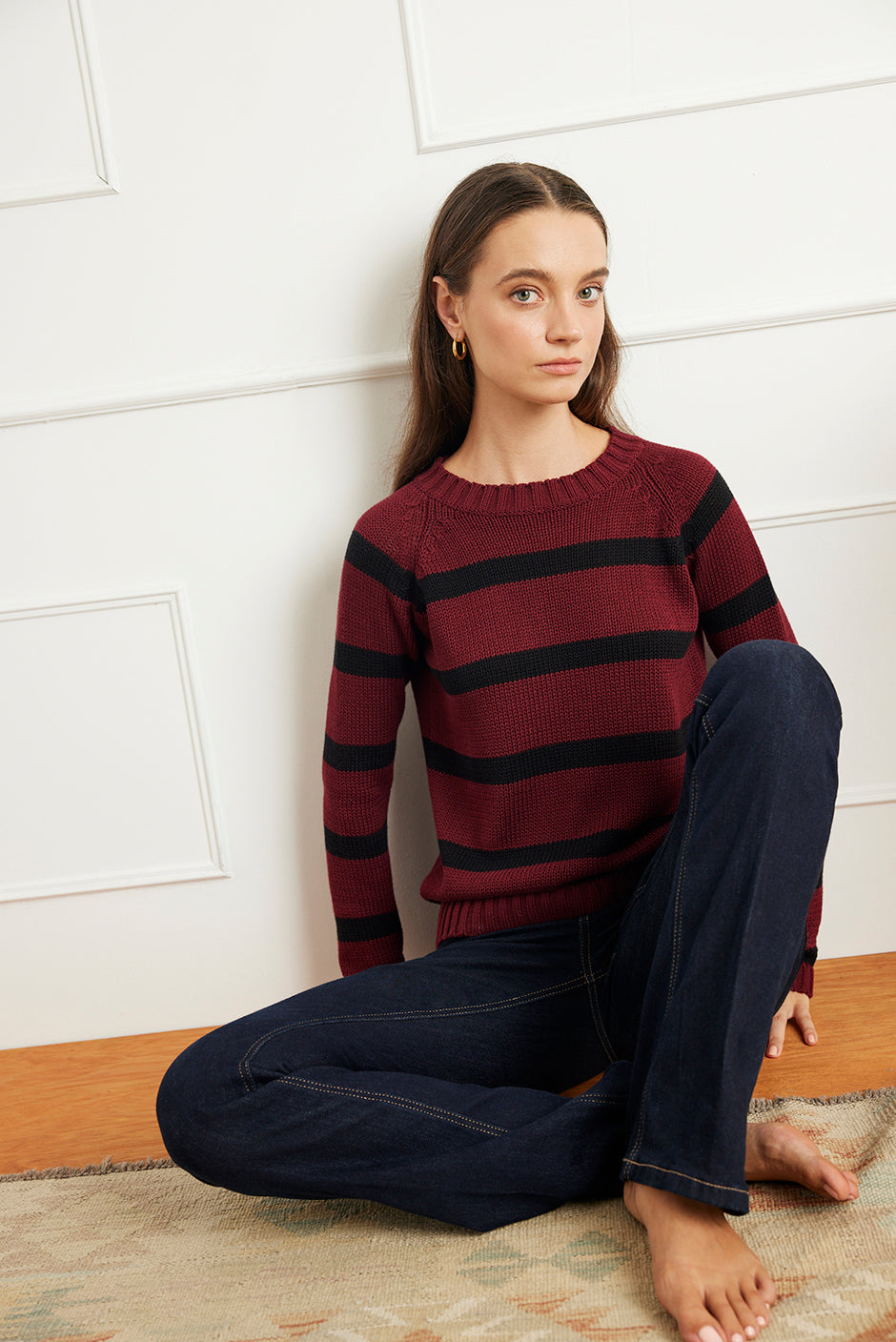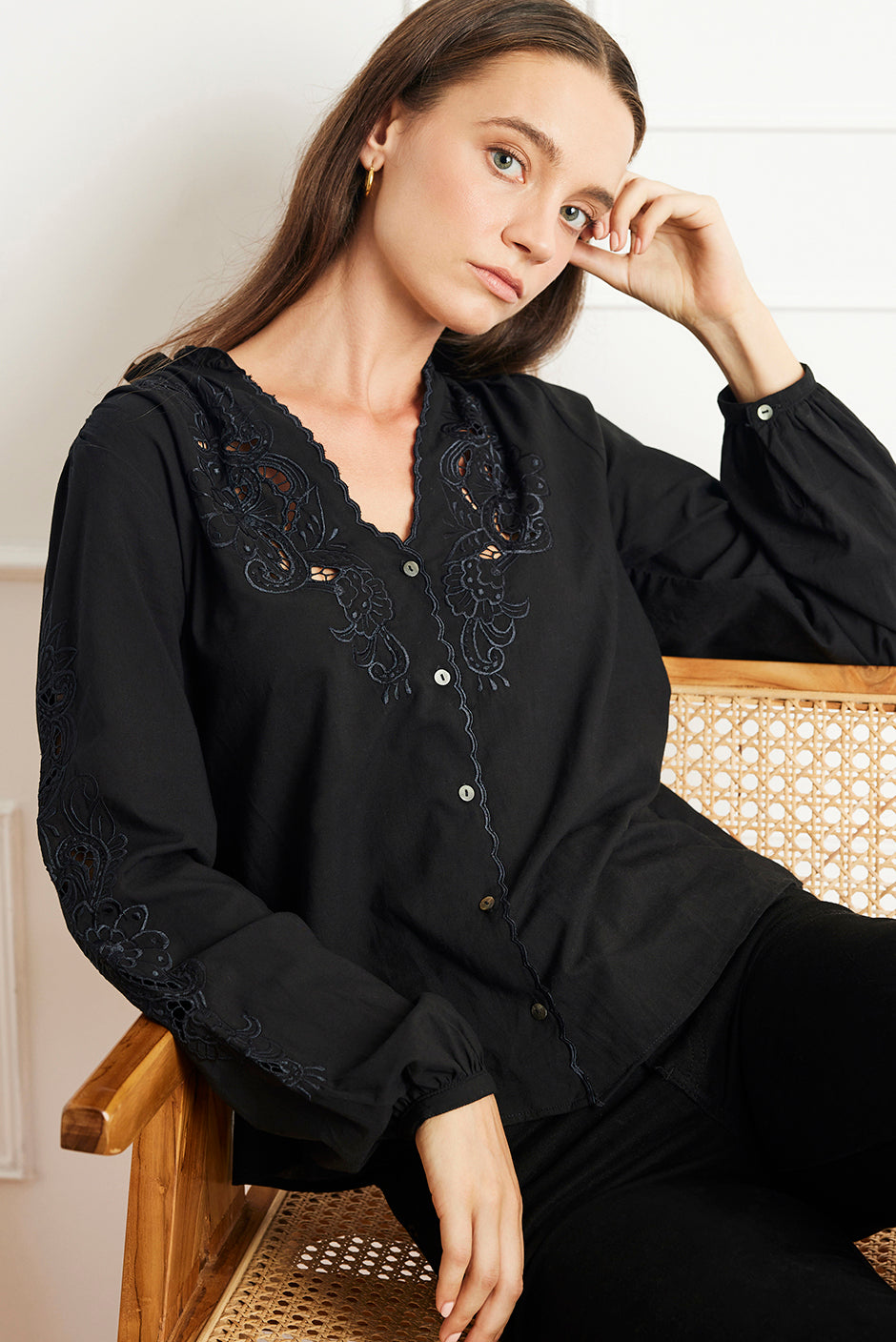-FREE SHIPPING ON U.S. ORDERS OVER $150. ECO-FRIENDLY PACKAGING ALWAYS- JOIN PANEROS REWARDS-
-FREE SHIPPING ON U.S. ORDERS OVER $150. ECO-FRIENDLY PACKAGING ALWAYS- JOIN PANEROS REWARDS-
Shop
How to change fashion from a line to a loop

Clothing, food, shelter and water are some of the most fundamental parts of everyday existence. Clothing provides both function and individuality for people, and it's no wonder that the global industry is over $1.3 trillion and employs more than 300 million people according to the Ellen MacArthur foundation. Cotton production accounts for about 7% of all employment in some low-income countries.
In the last 2 decades, clothing production has approximately doubled, driven both by a growing global middle class as well as an increase in per capita consumption in mature economies. The increase in per capita consumption is largely a result of the fast fashion trend, with quicker turnaround of new styles and offerings per year at lower prices.
You might have heard that there are a lot of global initiatives underway to make the fashion industry more 'circular'. But what does that even mean? Right now, the fashion industry is ‘linear’ – meaning, new materials go into creating new fibers and fabrics, and after use the garments are discarded after only a short period of time and wind up in either a landfill or incinerated. You might be surprised to learn that today, there is less than 15% being recycled at all, and less than 1% recycled to create new clothing according to Ellen MacArthur foundation research.
Less than 15% of clothing is recycled at all, and less than 1% is recycled to make new clothes.
With this, there is a clear starting point (resource extraction) and ending point (landfill) for materials.
This means that in today’s linear model over 40 million metric tons of fabrics are disposed of each year, or roughly 1 truckload of clothes every second. That research has also shown that the number of times a piece of clothing is worn before it is discarded has shrunk by about 40% in the last 10 years alone.
It is estimated that over 50% of clothes in fast fashion are discarded in less than one year according to Ellen MacArthur Foundation reports, which is making the problems of a linear system even worse.
Fabric Life-cycle in a Linear Model

Source: Ellen MacArthur Foundation
The current linear model of fashion is very inefficient. It puts pressure on limited and increasingly scarce resources, generates enormous pollution, destroys natural habitats and ecosystems, and harms communities at local, regional and global levels. All these negative impacts are projected to grow rapidly, and would lead to catastrophic outcomes if we stay on the same course.
In fact, the Boston Consulting Group estimates that the overall benefit to the world economy could be nearly $200 billion in 2030 if the fashion industry were to address the environmental and social devastation in in the current linear model status quo.
So what can we do about it to avoid catastrophe?
In a more ‘circular’ fashion model, materials and clothes are recycled as feedstock to make new fibers, to create new clothes, or repurposed to extend the life of the existing garment and increase use. In this model, the materials enter a closed loop system and continue to be used in future production cycles. It's a circle, instead of a line.
Fabric Life-cycle in a Sustainable Circle

Sounds like we have a lot of work to do, but we can achieve it together.
At Paneros, we invite you to participate in a new circular economy with our one of a kind upcycled and repurposed apparel lines. Shop our Women's Collection made from luxurious natural and eco-friendly fabrics.


